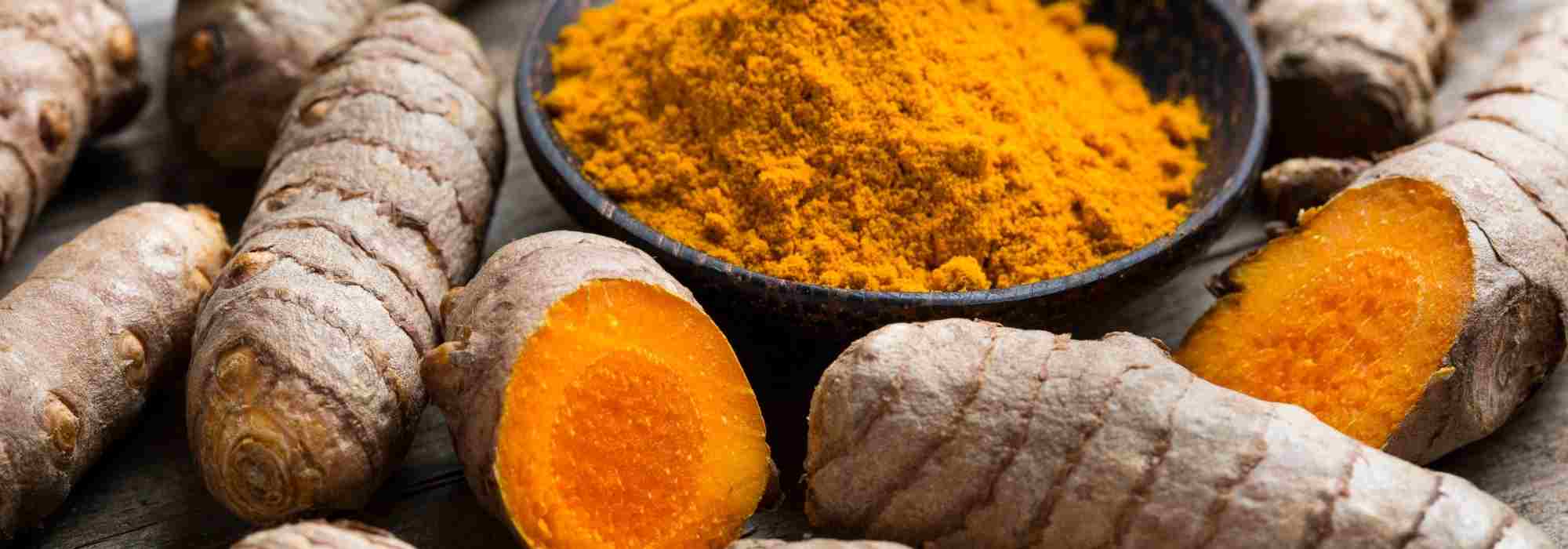
Growing Turmeric for Its Health Benefits
Tips for Using Turmeric Rootstock for Wellbeing
Contents
Cultivated for millennia in Asia for its medicinal and culinary virtues, turmeric (Curcuma longa) has now found its way into our kitchen gardens, balconies and terraces. Its root, often referred to as “golden spice,” is prized for its richness in curcumin, a compound with recognised anti-inflammatory, antioxidant and digestive properties. While it is readily available as a powder in shops, growing it yourself ensures freshness, aromatic intensity and therapeutic efficacy. Provided it is given favourable growing conditions, this tropical rootstock can thrive in open ground in warm regions or in pots elsewhere, adding an exotic touch to both garden and kitchen.
Discover how to grow and use turmeric rootstock for its medicinal benefits.
Turmeric, an exotic plant that's easy to grow in our climate
Curcuma longa is a rhizomatous herbaceous perennial plant from the Zingiberaceae family, like ginger.
Introducing the turmeric plant
Native to southern India and Sri Lanka, it thrives in warm, humid climates with temperatures above 18°C. It is a frost-tender plant, hardy down to only -5°C. It produces long acuminate, oblong and lanceolate leaves in a deep green, which can reach 60 to 100 cm in height, and zygomorphic inflorescences in erect spikes, surrounded by pale yellow or green bracts, sometimes tinged with pink.
The underground part, the rootstock, is the most sought-after. It concentrates the active compounds, particularly curcumin, a polyphenolic pigment responsible for its intense orange colour.
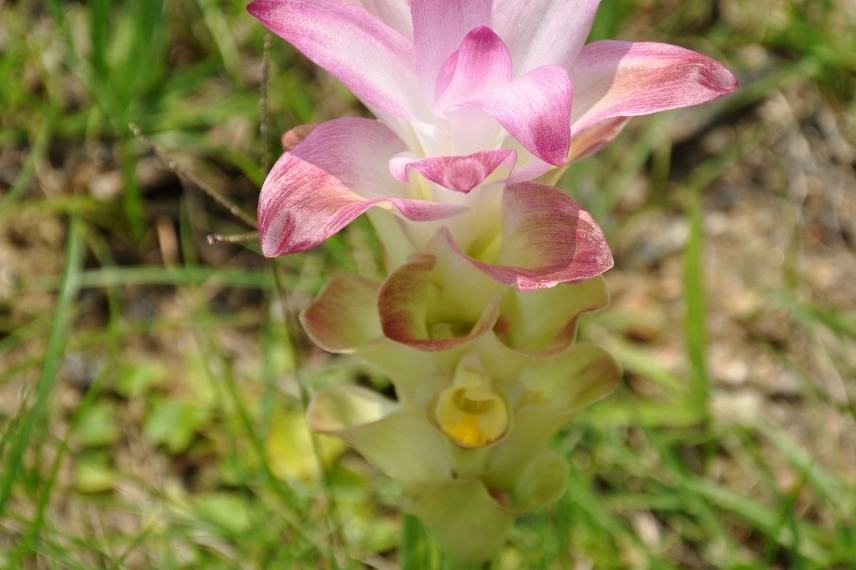
Flower of Curcuma longa
How to grow turmeric?
To grow turmeric in the garden, its vegetative cycle and need for warmth must be respected. It is planted from small pieces of fresh rootstock, either whole or divided, containing at least one bud.
In temperate climates, container cultivation is recommended so it can be brought indoors in winter. Use a wide, deep container with drainage holes, filled with a light mix of potting compost, well-rotted manure and sand to ensure good drainage. Place the pot in a warm, bright spot without harsh direct sunlight. Water regularly during the growth period, from March-April to September-October, while avoiding excess water which could rot the rootstocks. Planting takes place in February-March.
In Mediterranean and Atlantic coastal areas, turmeric can be planted directly in the ground in April-May, once the risk of frost has passed, in a very sunny position sheltered from wind and bad weather, in soil rich in organic matter, light and perfectly drained.
How to harvest and use turmeric?
In autumn, when the leaves turn yellow and dry, the plant enters dormancy. The rootstocks can then be harvested and used both fresh and dried. First, soak the rootstock overnight in water at room temperature. Next, slice the rootstock into rounds and grind it to obtain a fresh powder, which can only be kept for a week in the fridge.
To extend the shelf life of this powder, dry it in the oven for 20 minutes at 110°C. It can then be stored in an airtight jar.
This turmeric powder is very rich in curcumin, which has anti-inflammatory and antioxidant properties. Turmeric also contains other curcuminoids, essential oils (zingiberene, turmerone), polysaccharides, and minerals. These components work synergistically.
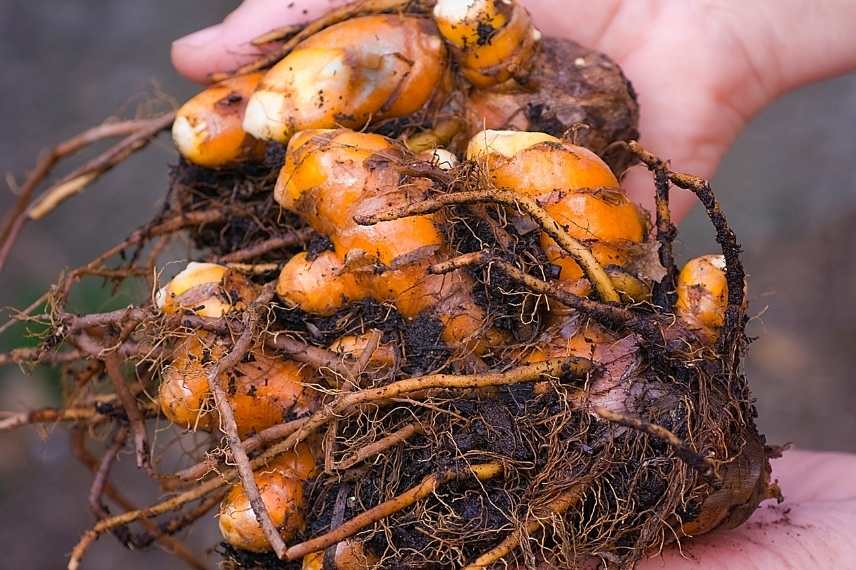
Freshly harvested turmeric rootstocks
How to use it for its therapeutic benefits?
- As a herbal tea: 2 teaspoons of turmeric rootstock powder in 250 ml of water, boil for five minutes, then steep for five minutes. Drink 1 to 3 cups a day at the start of meals.
- As a poultice: Mix a teaspoon of turmeric powder with a little water to form a paste. Apply locally 3 times a day.
- As a face mask: Mix two tablespoons of honey with one tablespoon of fresh turmeric powder and two drops of rose geranium essential oil. Apply to the face for 10 to 30 minutes and rinse with clean water.
What are the recognised benefits of turmeric?
The benefits of turmeric are numerous, provided it is used regularly and appropriately. It is widely used in Ayurvedic medicine, among other things. However, it should not replace conventional medical treatment. This is why it is recommended to consult a professional before starting regular consumption of turmeric.
A Renowned Anti-Inflammatory
Turmeric is particularly effective against chronic inflammation. Several studies have shown that curcumin reduces inflammatory mediators involved in osteoarthritis, arthritis, muscle pain, tendonitis, and certain autoimmune diseases.
Clinical trials have demonstrated that it can relieve joint pain as effectively as ibuprofen, with fewer gastric side effects.
A Powerful Antioxidant
Curcumin is also an excellent antioxidant. It neutralises free radicals and reduces oxidative damage in cells. This preventive action is beneficial against cellular ageing, degenerative diseases, and certain skin conditions. It may also play a role in preventing certain cancers.
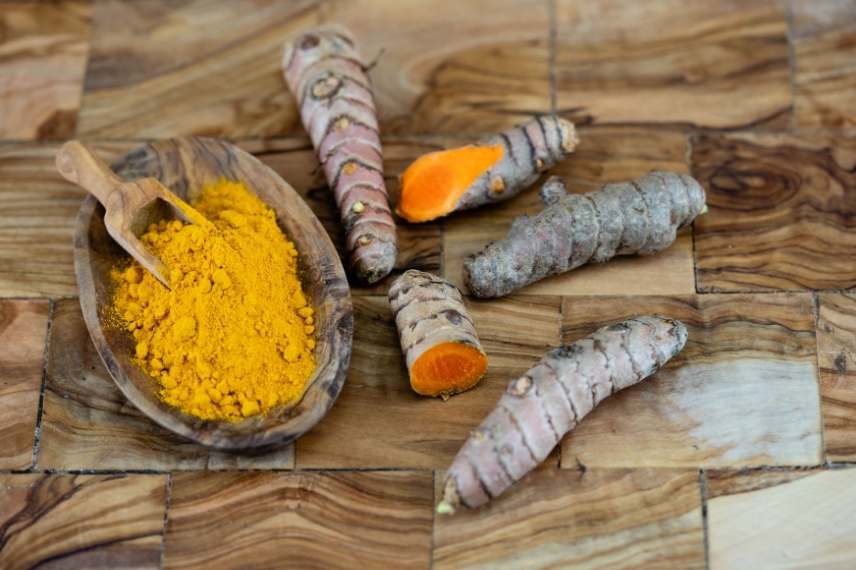
Turmeric powder has numerous medicinal benefits
A Digestive and Liver Stimulant
Turmeric is choleretic and cholagogue, meaning it stimulates the production and secretion of bile. This aids digestion, particularly of fats, and improves liver function. As a digestive ally, it is recommended for functional digestive disorders: bloating, flatulence, dyspepsia, nausea, post-meal heaviness, as well as diarrhoea and irritable bowel syndrome.
It may also reduce inflammation of the liver and gallbladder and could lower the risk of gallstones or gastric ulcers.
When combined with plants like dandelion or artichoke, it is often used in detox cures during seasonal transitions.
Healing Properties
Used in masks, turmeric is believed to benefit the skin thanks to its healing and anti-inflammatory properties. It may improve skin issues such as acne, eczema, mycosis, and psoriasis, as well as scars and burns.
What are the precautions and secondary effects of turmeric?
Despite its many virtues, turmeric is not without secondary effects, especially when consumed in high doses or as concentrated supplements. Excessive supplementation can cause gastrointestinal disorders such as nausea, diarrhoea, or abdominal pain, and even digestive ulcers.
Due to its stimulating effect on the gallbladder, it is not recommended in cases of gallstones or bile duct obstruction. Caution is also advised for people suffering from active peptic ulcers, gastritis, or gastroesophageal reflux, as the root can irritate sensitive digestive mucous membranes.
Turmeric also has a mild blood-thinning effect, which may interact with certain anticoagulant or antiplatelet treatments. Similarly, its use is not recommended before surgery or childbirth.
In cases of long-term medical treatment, particularly for hepatic, cardiovascular, or endocrine disorders, medical advice is recommended before starting regular consumption of concentrated curcumin.
During pregnancy, it is advised not to consume it in high doses, as it may have an emmenagogue effect (stimulating uterine circulation).
Did you know?
Long before being recognised by modern science, turmeric (Curcuma longa) was already considered a sacred plant in South Asia. Its use dates back over 4,000 years in Ayurvedic medicine, where it is mentioned in ancient treatises as a blood purifier, digestive stimulant, and general tonic.
In India, it is also inseparable from religious rites: applied as a paste on the foreheads of devotees during Hindu ceremonies, it symbolises prosperity and divine protection. Used to dye fabrics, particularly the saffron robes of Buddhist monks, it also served as a natural pigment in frescoes and manuscripts.
From antiquity, Arab merchants introduced it to the Middle East, making it known to Greek and Persian physicians. During the medieval period, turmeric was sometimes confused with saffron in Europe, hence its nickname “Indian saffron.” It appears in Arabic pharmacopoeia treatises and in the botanical collections of Renaissance apothecaries. One anecdote recounts that Marco Polo, upon discovering the plant in the 13th century, was struck by its resemblance to ginger but noted its golden colour and medicinal uses.
In many cultures, turmeric was also used as a cosmetic: Indian women applied it to their skin to brighten their complexion before marriage or to soothe skin irritations.
- Subscribe!
- Contents
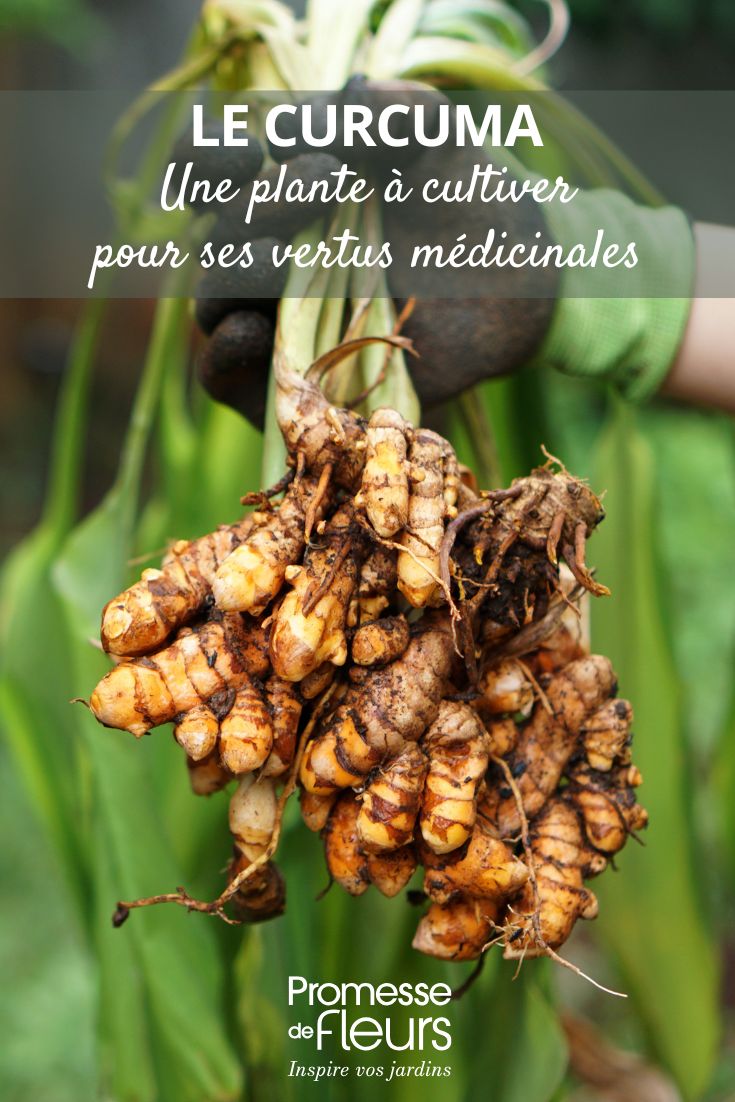































Comments